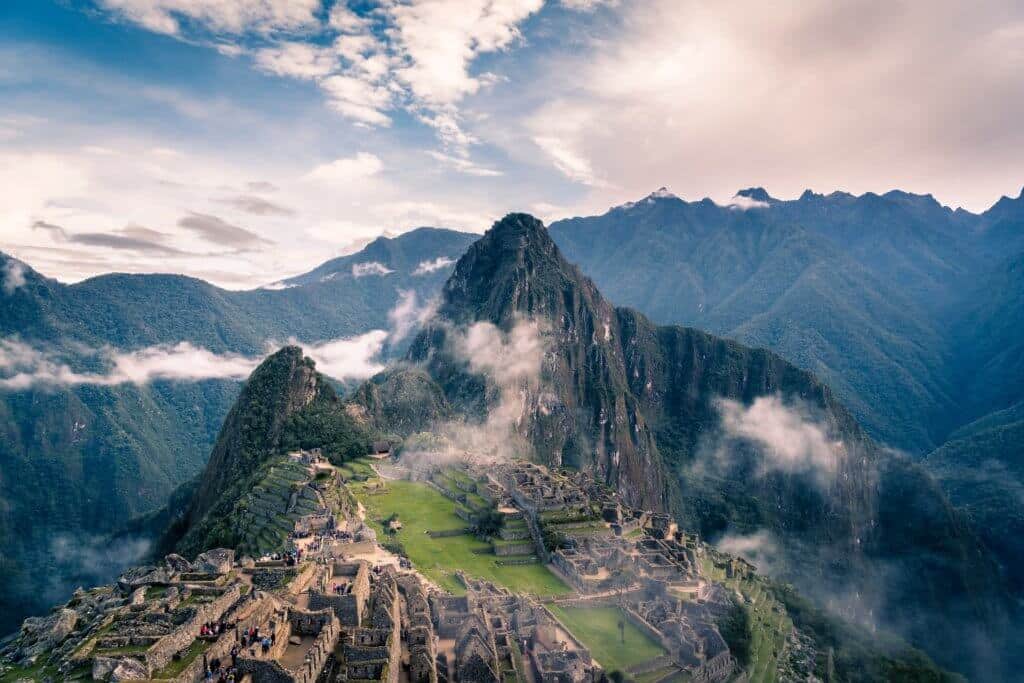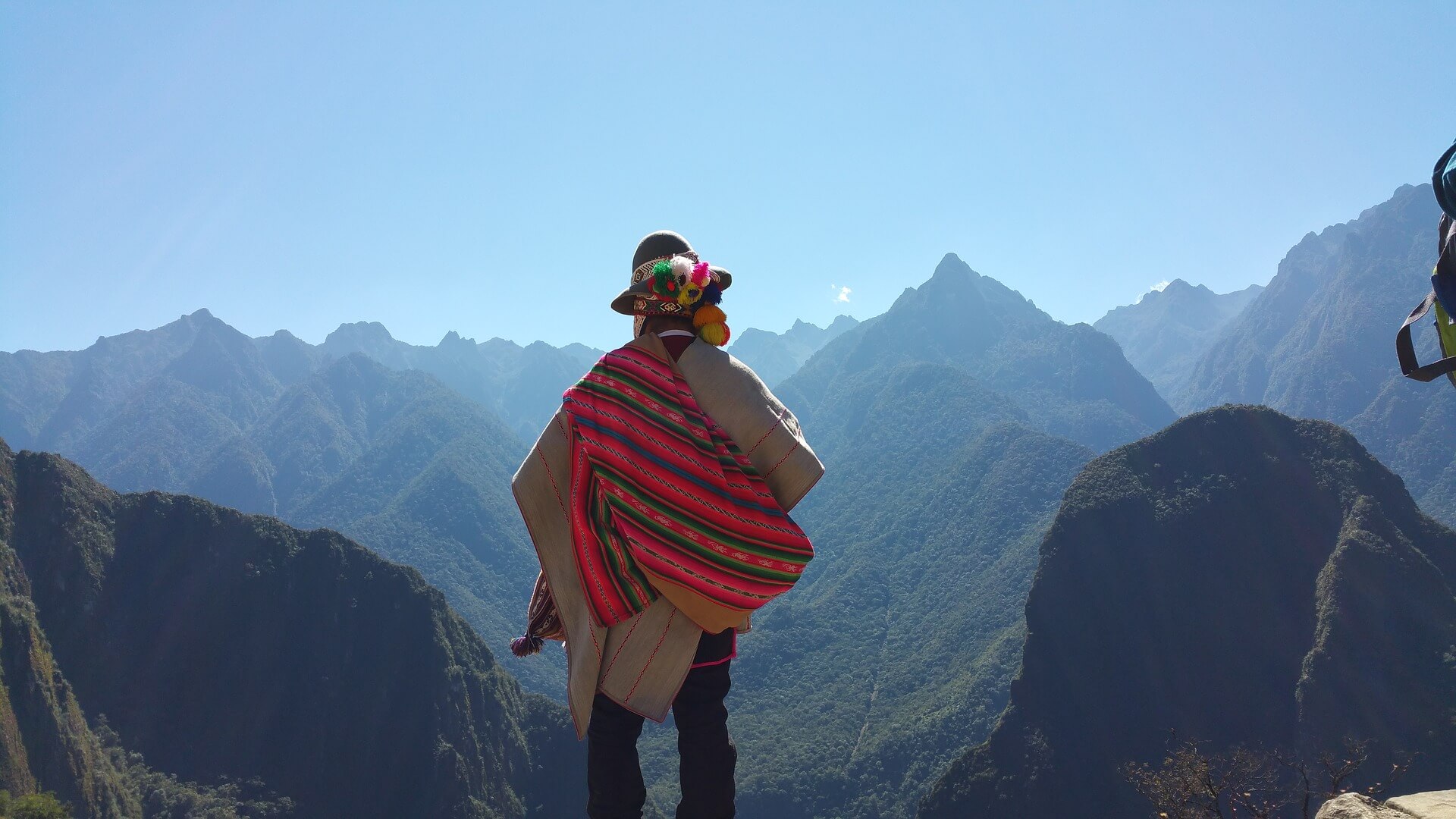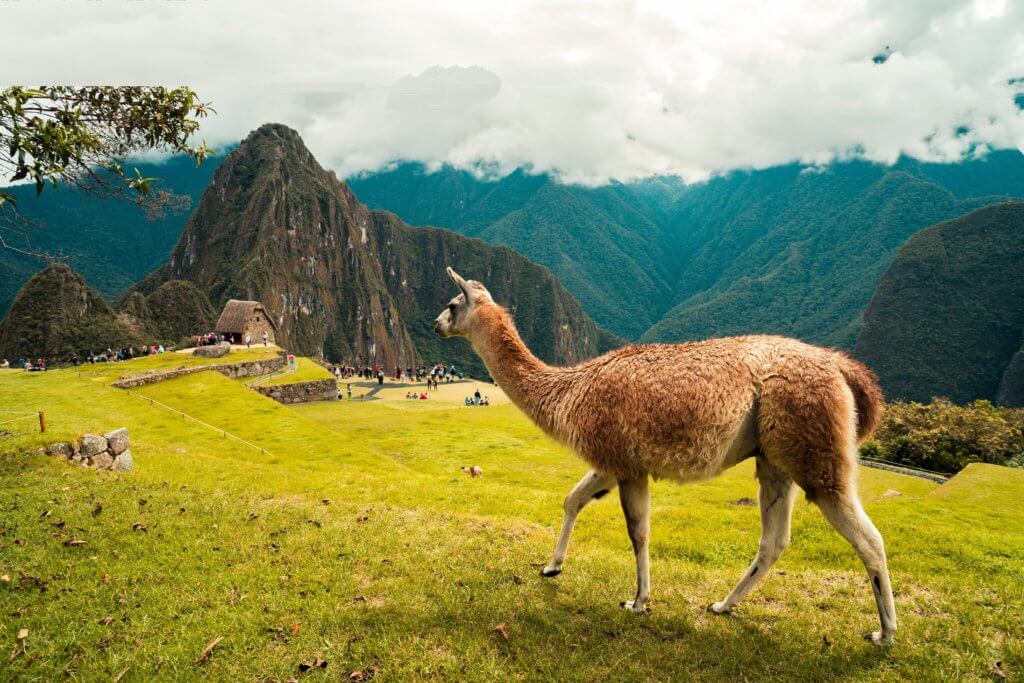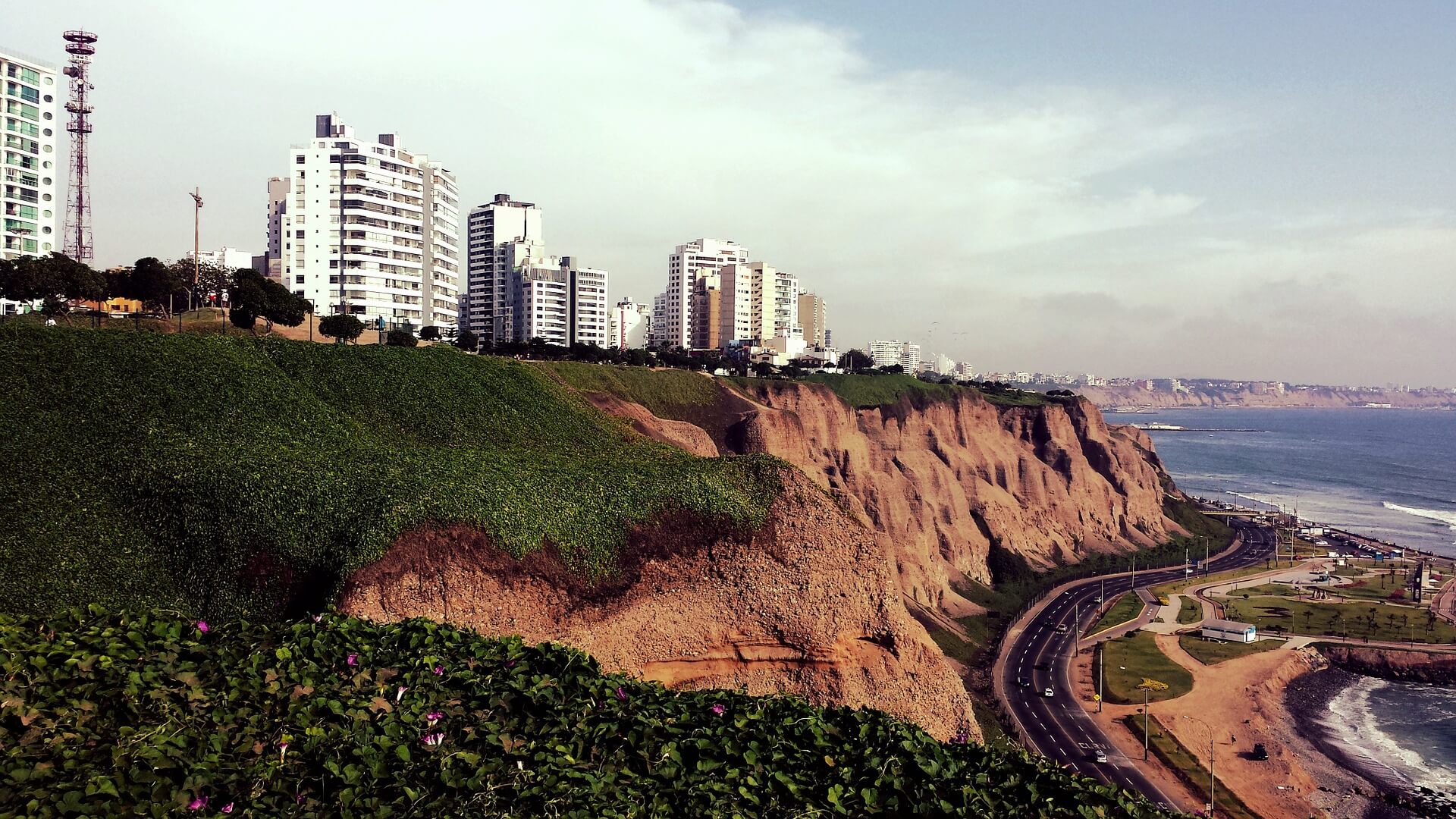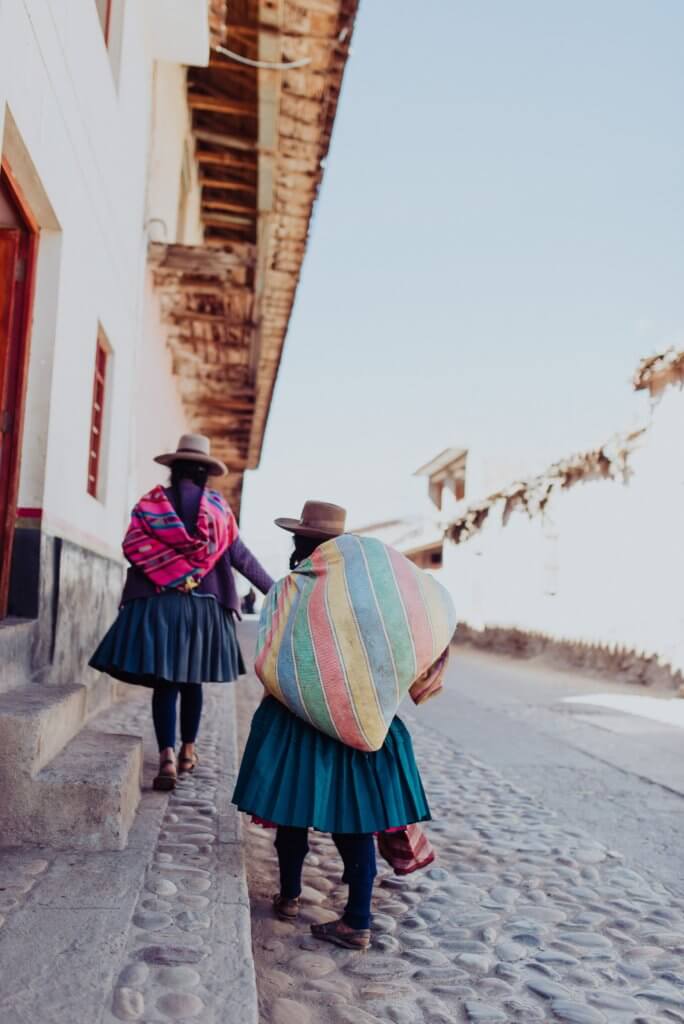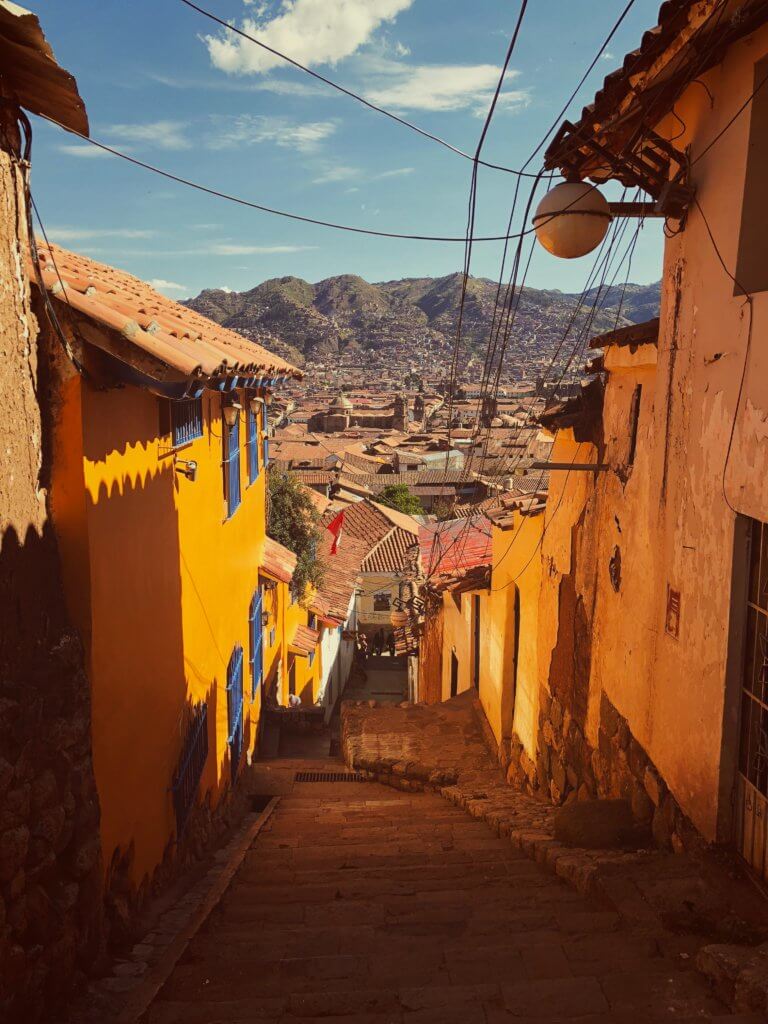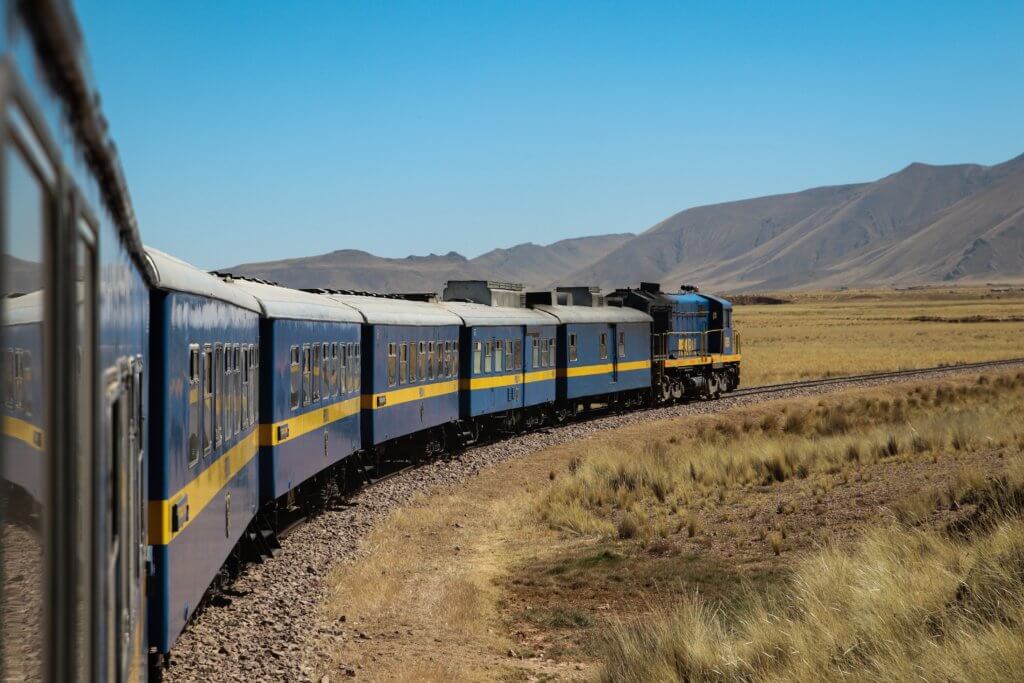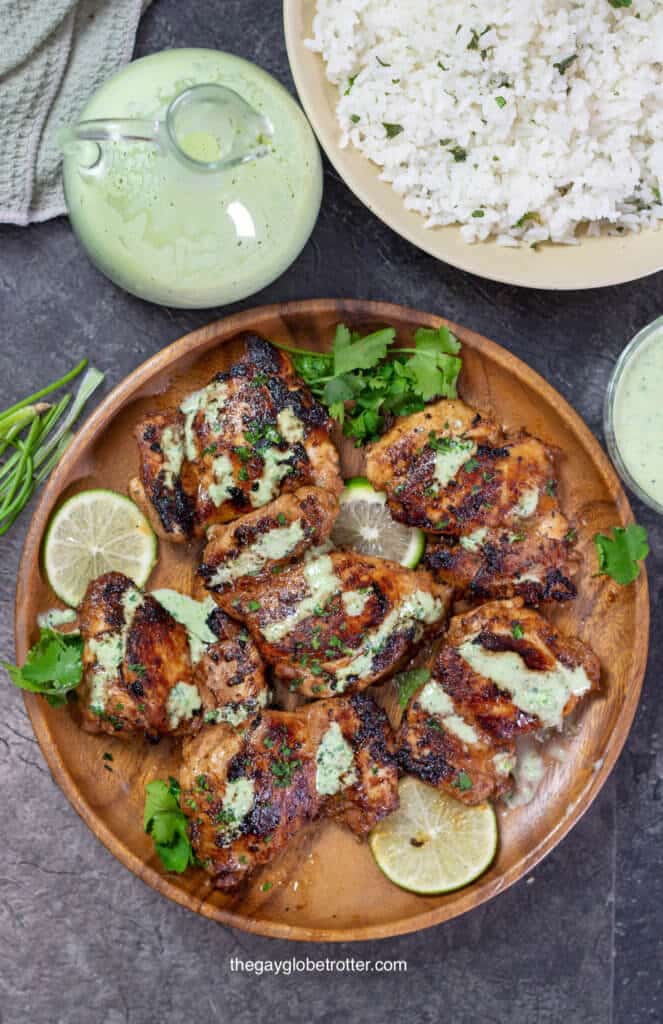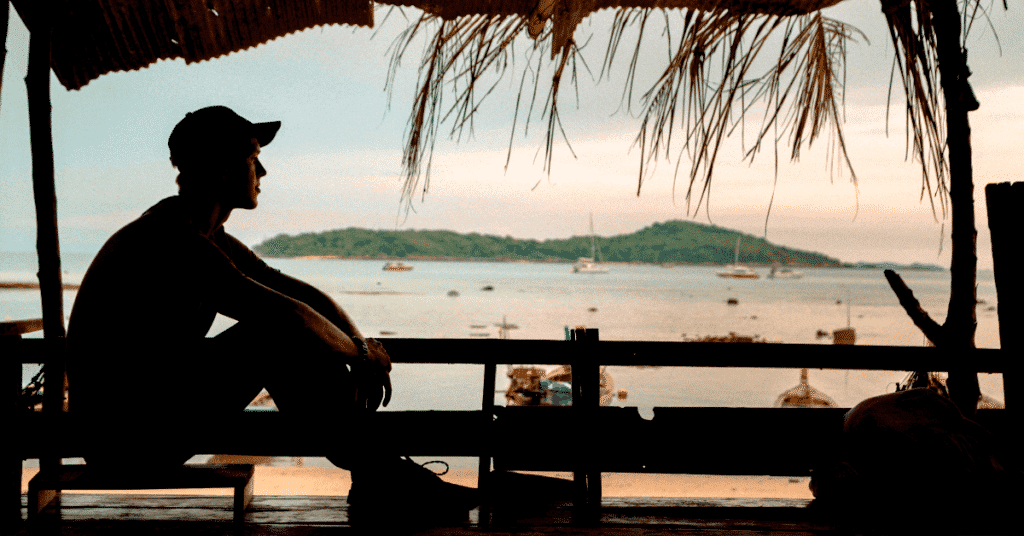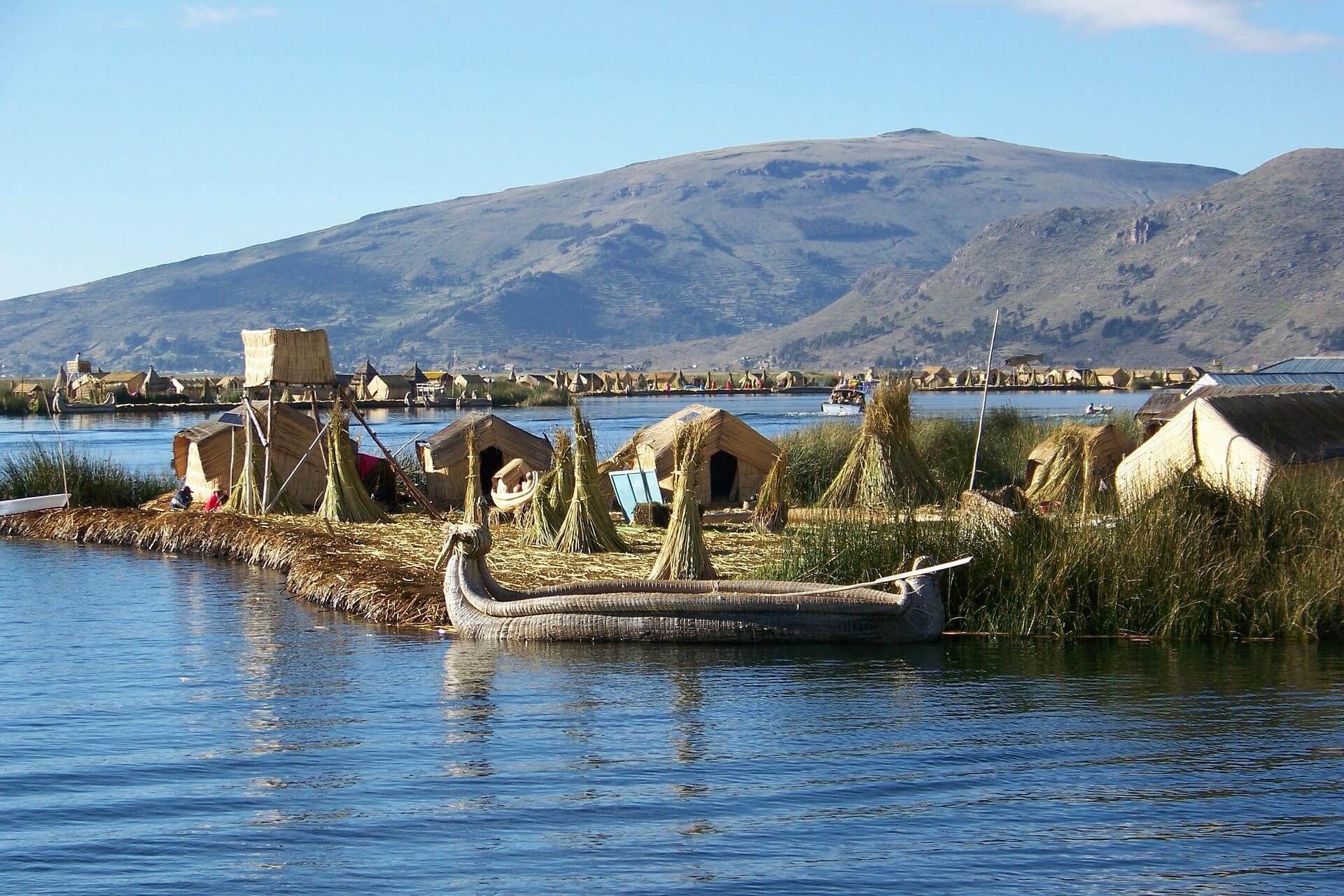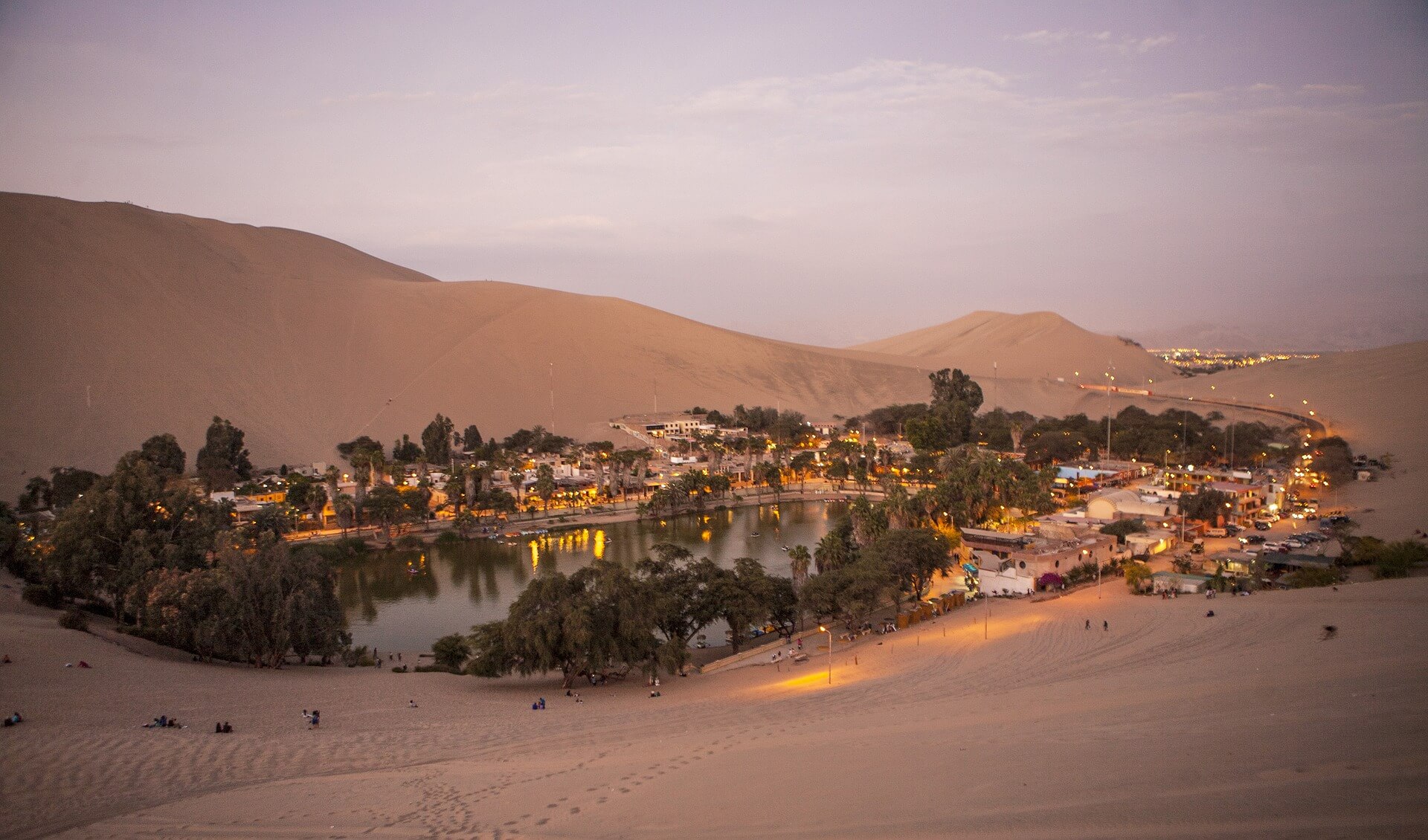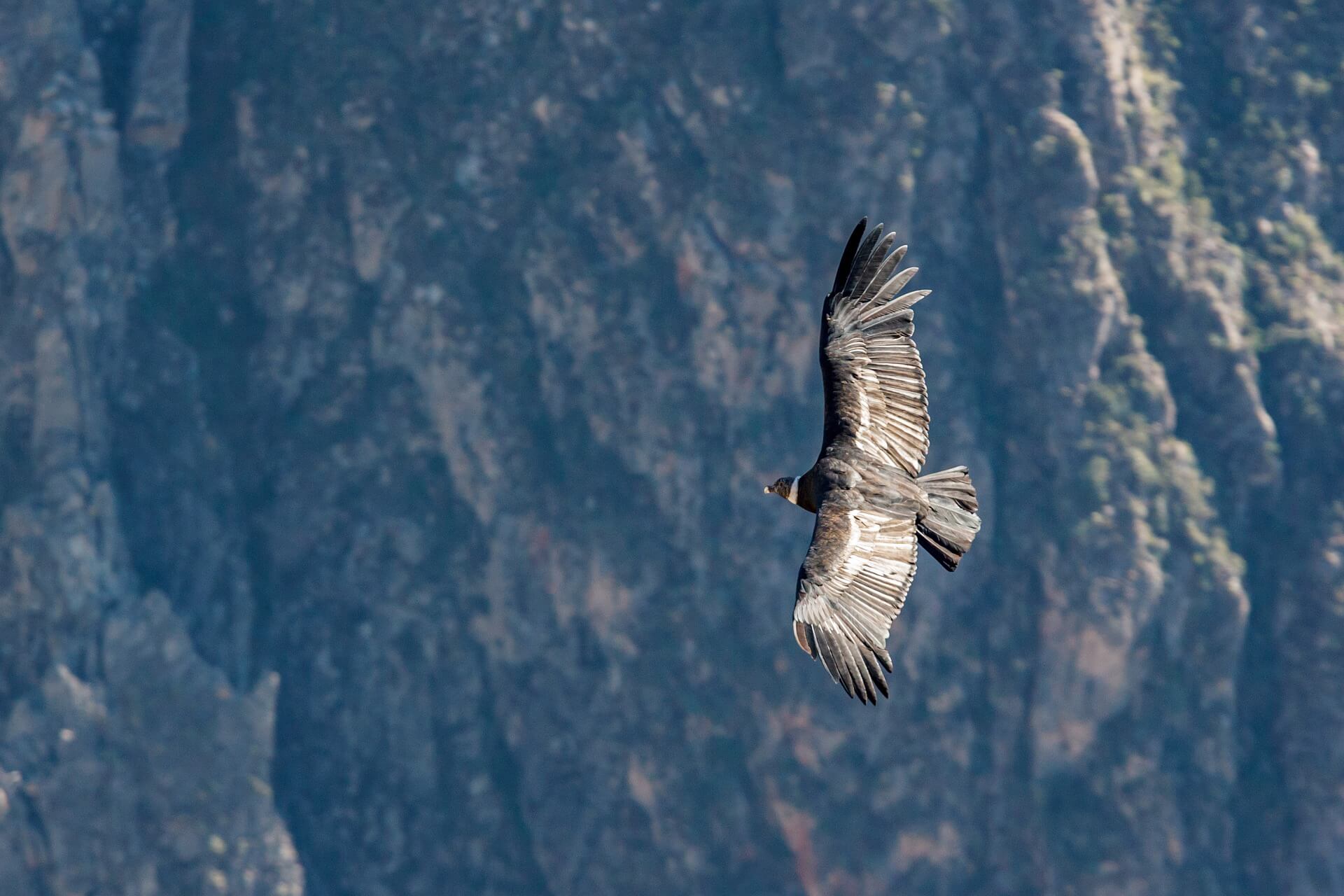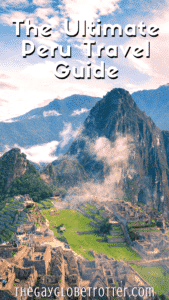
Heading to Peru soon and looking for a full Peru travel guide with dozens of tips and tricks? You’re in the right place. Peru has thousands of backpackers and tourists from the world visiting these days. Don’t miss out on all this amazing country has to offer!
Peru has seen an explosion of tourism these past few years. With wonders like the Inca Trail and the stunning Machu Picchu, you can’t deny the magnetic draw of this country. If you are excited for this new age wonder of the world, here’s a complete guide to visiting Machu Picchu and how to plan the perfect stop!
Aside from the natural sights, there’s the hustle and bustle of cities like Cusco, the outrageous gastronomic scene of Lima, the jungles around the Amazon and Lake Titicaca, and so much more.
One of the best things is that Peru is a budget-friendly location for everyone. You could easily spend several months wondering the country without worrying about money.
If you want to get the most out of your trip, though, this Peru travel guide is for you. Check here for a complete guide to gay Peru.
Peruvian Words To Know
You know what they say, “When in Peru, speak as the Peruvians do.” These are some words that will help you get by as a tourist:
• Chela – Sure, you could ask for una cerveza mas frios when at a bar in Peru, but if you really want to impress your Peruvian friends, ask for a chela instead. It means beer, but its used more frequently than cerveza in Peru.
• Chifa – Chinese food. It’s astoundingly good in Peru, so look out for chifa restaurants.
• Choro – although a less fun word to know, “choro” means “thief.” Since petty crime is high in some regions, you might need to use this.
• Bacán – this is meant to be used as an exclamation, kind of like “wow!” or “cool!” in English. Use it when your tour guide shows you something fascinating, because it will pleasantly surprise them.
• Micro – this word refers to the small buses you find carting people around.
• Pata – a casual way to say “friend.”
• Jato – house.
• Grifo – tap water; but Peruvians may also use grifo for a gas station. When driving, you can ask, “Sabes donde hay un grifo?” for “Do you know where there’s a gas station?”
• Huasca – drunk
• China – the name for the fifty-cent coin in Peru. Not to be confused with the country.
And remember, Peru is Spanish-speaking, so any basic understanding of Spanish will get you around just fine. Add in some of the above mentioned Peruvian slang to sound more impressive.
When To Visit?
Peak season in Peru is usually during the dry season, which runs between May and October. July and August are two of the busiest months for travel and tourism in Peru. November also sees a lot of tourists, but the temperatures drop significantly from the summertime. June through September are ideal for people who want to wander the mountains and wilderness, since the humidity is low, and the sky is perpetually blue.
The wettest months are between January and April. Because of the nonstop precipitation, this is not a great time to visit the hiking trails in Peru. Most of the roads leading to the mountains will be closed.
Now, through December to April, the desert coastline sees temperatures between 25°C-35°C (77°F-95°F), which is by no means “cool.” The highlands are much more temperature between May through October, reaching high temperatures between 20°C-25°C (68°F-77°F). You can expect evenings to sometimes be 10-30 degrees cooler, depending on how high up in the mountains you are.
Accommodation In Peru
The first question you need to ask yourself when visiting Peru is the kind of accommodation you want to use. Seeing how popular Peru has become with travelers, the country has no lack of hostels, mid-range budget hotels, and luxurious vacation rentals on Airbnb. You can easily find hostels near Machu Picchu or a penthouse suite in Lima or Cusco.
Hostel dorm rooms run as low as 7 USD (24 PEN) a night, but that is not the best quality. For a hostel that has clean dorms, breakfast, and some basic amenities, you can expect to pay around 12-15 USD (40-50 PEN) a night. If you want more privacy, you can book a budget room at a 2-star hotel and pay the same price as you would at a hostel.
As for those seeking more luxury, you won’t have much problems. You will have a huge selection of high-class accommodations and rental homes to choose from and won’t have to spend over 300 USD (960 PEN+) a night either.
Lima, Cusco, Arequipa, and Mancora all have a huge selection of hostels and budget hotels to choose from. For the LGBT travelers who are reading this Peru travel guide, you’re in luck! There are plenty of hotel chains, like Marriott and BTH Hotel, that are LGBT-friendly and located near the gay scene of Lima or Cusco.
Budgeting For Peru
Let’s have a look at some budgeting tips for Peru to make sure you get the most out of your incredible journey!
As mentioned above, accommodations in Peru are super cheap. You can find entire homes for rent on Airbnb for about 40-50 USD a night, so if you are traveling with a group, Peru is so so so budget-friendly.
Food is also reasonably priced. The cheapest snacks to nosh on will come from street vendors and marketplaces. Nibbles often run around 1-2 USD (3-6 PEN). Sit-down meals at a local restaurant run around 4-6 USD (12-20 PEN). At an average family restaurant, you might find a complete dinner for 10-15 USD (30-50 PEN).
Plan on running to the grocery store and cooking for a few nights? For all the staples, including bread, pasta, vegetables, fruit, and other basics, you can expect a grocery bill of no more than 50 USD.
Granted, hitting up the bar scene might put a dent in your wallet, but it’s nothing to worry about. You will have plenty of wiggle room to work in entertainments and partying. A beer generally costs around 1-4 USD, depending on the size; and Peru is one of the cheapest countries for alcohol.
With that in mind, here are some money saving tips for travel in Peru:
- Find hospedajes for your accommodation. A hospedajes is a family-run low-budget hotel that are much better than your typical hostel dorm but for the same price. Seek these out whenever you can.
- Make sure of the public transportation in Peru. Lima has a brand line intra-city bus line that is incredibly cheap and convenient, giving you access to museums and other suburbs. One trip on the intra-city bus runs around 1 USD. Be careful of your belongings, though.
- Free walking tours are a must. The history of cities like Lima and Cusco can be overlooked if you don’t know what to do or where to go. Fortunately, there are free walking tours in the two popular cities of Peru, so you get to learn the history, see the sights, and burn off calories from all the food you’ll be eating all at once.
- Ridesharing! If you plan on heading a distance, take an Uber, which is currently available in Arequipa, Cusco, and Lima. Uber is much cheaper than taxis in Peru. However, you can also rent a car for cheap.
- Eat the set meals of the day. At many sit-down restaurants, you will find something called the “meal of the day,” which comes as a set of items. It is usually deeply discounted.
Getting Around n In Peru
Peru is much bigger than you think it is. Depending on where you are heading, you might have a 10-hour bus trip ahead of you.
Fortunately, the buses that take you around Peru are also convenient and cheap. For example, if you ride with Peru Hop, a comfortable service for backpackers, you can go on a three-day trip between Lima and Cusco for around 160 USD. Peru Hop is, as you probably figured out, a hop-on, hop-off service.
Peru also has five international airports that services domestic and international airlines. LATAM, Star Peru, and Avianca are excellent domestic airlines that are also relatively cheap. However, during peak season, the prices between cities will rise exponentially, so if you are looking to save money (and the planet), planes aren’t always the wisest option.
Interestingly, there are few trains running around Peru. You can, however, check out PeruRail and Inca Rail. The tickets are steep, and the rail lines only run between two sections of the country—between Machu Picchu Pueblo and Ollantaytambo.
Food and Drink In Peru
Peru is a foodie’s daydream, filled with exotic ingredients, sweet and spicy flavors, and hundreds of unique textures. Every city and region has a ceviche. Every dish has a story.
Be sure to check out the street food scene. I recommend picking up some anticuchos, otherwise known as Peru’s yakitori. These perfectly cooked skewers of meat are different in every region, but the most well-known anticuchos use cow’s heart, slices of onion or potato, a drizzle of lime, and some spices. It’s to die for. Honestly.
Next, be sure to try the different kinds of ceviche. In Lima and other coastal towns, you will find that mild, flaky fish, like sea bass, is used most often. Those dishes also have a heap of yellow chili. Head to the Andes, and you will find that the fish is a light trout that is often paired with camote sweet potatoes and red onion slices.
Lastly, you should try the chicha, a mildly alcoholic beverage made out of fermented corn, spices, sugar, and lemon. The best chicha is going to come from shops with red flowers or plastic bags hanging around the doorway. This is the sign in Peru that business brews up and sells chicha. Head inside and ask for chichia or chicha morada, a darker version made with purple corn.
Don’t like alcohol? Brew up some coca tea, a staple on every menu of restaurants and hotels located higher than 7,000 feet above sea level.
You may remember an article on Peruvian cuisine that I wrote a little while back. The article introduces several other classic Peruvian dishes to try, so if you haven’t given it a read, please do!
Safety In Peru
A lot of media sensationalizes the issues in Peru, but the reality is that Peru is one of the safest places in South America. The country receives thousands of international visitors every single year. Although petty crime does happen, you can easily evade such issues if you remain aware of your surroundings and practice some common sense.
The common crime in Peru that targets tourists would be pick-pocketing and the theft of personal belongings. You should never leave bags, cameras, and other items unattended. Do not turn your back on your stuff!
Here are some other tips to stay safe in Peru:
• Avoid putting belongings in your back pockets where items are easily accessed.
• Never take money from ATMs on the street. Always go into a bank to get money.
• Always wear handbags to the front or don’t use one at all.
• Do not use taxis late at night.
• Use safe boxes in hotels and the lockers in hostels, or put a padlock on your bags.
• Never flash your money or credits card while in public.
• Don’t bring expensive clothing, jewelry, and electronics with you.
• It is wise to never hitchhike in Peru. Ridesharing is okay, but you should trust your gut instinct.
• Don’t engage in drug activity.
Play it smart and you will have no problems.
Gay Safety In Peru
You might be thinking that the colorful flag of Peru looks a lot like the rainbow symbol of gay pride, but the country is mostly Catholic and is socially conservative, and it is not considered very progressive in terms of freedom for the LGBTQIA+ community. In fact, because most of the communities are male-dominant, there are some prejudices that are hard to extinguish.
Many larger cities, like Cusco and Lima, have plenty of gay bays, discos, restaurants, and inns that welcome gays, but beyond the more populated areas, such as rural Peru or small towns, gay behavior is not tolerated.
This doesn’t mean Peru is unsafe, though! Just plan accordingly. There are plenty of gay-oriented lodgings, restaurants, package tours, nightclubs, and hostels for you to find in Peru.
Top Things To Do In Peru
1. Hike The Inca Trail
Anyone who wants to visit Machu Picchu should do so via the Inca Trail. The hike is about 43 km (26 miles) long and takes several days to complete. You go up and down mountains, cut through jungle, and walk the footsteps of an ancient race. The hike is marvelous but challenging, and you can only conquer it with an organized group or guide.
2. Visit The Wonders of Batán Grande
Want to avoid the crowds at Machu Picchu? The next wonder in line would be Batán Grande, a historically significant archaeological site with over 50 tombs and pyramids. The site dates back to 100-1000 AD. It used to be the site of the Sicán capital and has a number of fascinating artifacts, including a golden Tumi that was found in one of the royal tombs.
3. Plan Your Itinerary Around The Gringo Trail
If you are planning on see the best of Peru, you are in luck. The Gringo Trail is an actual thing that highlights a direct pathway to all the famous destinations in Peru. Since most travelers are looking to get the best sights without going too far off the beaten path, the Gringo Trail is extremely convenient.
The trail takes you through Lima, giving you a chance to see the districts, party it up at bars and gay saunas, and then heading south to Paracas/Pisco, Huacachina/Ica, Nazca, Arequipa, Puno/Lake Titicaca, and finally ending in Cusco.
If you take the hop-on, hop-off bus service, the circuit takes you about 2 weeks to complete. You can even work in some time to visit Machu Picchu!
4. Try Mouthwatering Peruvian Cuisine
Yes, I know, I can’t stop talking about Peruvian food. It is just that good. No Peru travel guide would be complete without mentioning going on a food tour or several. Peru is a foodie’s daydream, filled with exotic ingredients, sweet and spicy flavors, and hundreds of unique textures. Every city and region has a ceviche. Every dish has a story.
Peruvian food is not for the faint at heart. From dishes made out of cuy, or guinea pig, to alligator heads, piranha, and stews made with spicy chili, there is something for every adventurous eater.
Be sure to check out the street food scene. I recommend picking up some anticuchos, otherwise known as Peru’s yakitori. These perfectly cooked skewers of meat are different in every region, but the most well-known anticuchos use cow’s heart, slices of onion or potato, a drizzle of lime, and some spices. It’s to die for. Honestly.
Next, be sure to try the different kinds of ceviche. In Lima and other coastal towns, you will find that mild, flaky fish, like sea bass, is used most often. Those dishes also have a heap of yellow chili. Head to the Andes, and you will find that the fish is a light trout that is often paired with camote sweet potatoes and red onion slices.
You should also try the chicha, a mildly alcoholic beverage made out of fermented corn, spices, sugar, and lemon. The best chicha is going to come from shops with red flowers or plastic bags hanging around the doorway. This is the sign in Peru that business brews up and sells chicha. Head inside and ask for chichia or chicha morada, a darker version made with purple corn.
Don’t like alcohol? Brew up some coca tea, a staple on every menu of restaurants and hotels located higher than 7,000 feet above sea level.
You may remember an article on Peruvian cuisine that I wrote a little while back. The article introduces several other classic Peruvian dishes to try, so if you haven’t given it a read, please do!
5. Go Sandboarding in Huacachina
Whether you are hiking to Machu Picchu or taking the Peruvian Gringo Trail up towards Cusco, Haucachina is a sandy oasis worth a pit stop. The hostels in this dusty little village have packages that including dune buggies and sandboarding on the towering sandy knolls. You don’t have to book anything in advance, either. There is even a lagoon swathed by palm trees and endless blue skies.
6. Walk Around the White City
Arequipa is known as the White City, because the historical city center was constructed from volcanic ash that came from the nearby ring of volcanoes. The picturesque landscape is ideal for travel photographers and bloggers, and you will find a fair share of attractions too. For example, you can visit the stunning Santa Catalina Monastery to see a frozen Incan mummy. Or you can visit the main square for several glasses of Peruvian wine while gazing at the breathtaking architecture.
7. Read The Lines, The Nazca Lines
Even after a truck driver accidentally ran through the Nazca lines, these intricate drawings that have been etched deep in the desert sand and stone for more than 2,000 years continue to captivate visitors. Several theories exist about the Nazca lines. Some believe the lines were drawn by the Nazca people who once inhabited the area. Others say the lines were drawn by aliens.
Either way, you need to see them. The lines are located 400 km south of Lima, so you can take a day trip.
8. Meet The Condors
No Peru travel guide is complete without mentioning this. The farthest southern reaches of Peru, the closest point on the planet to Antarctica, is where you find two amazing things: the source of the Amazon river, and some of the deepest canyons known to mankind, Colca. There, you can meet the condors of Peru.
If you have never seen a condor in the flesh (or feathers), you should. These majestic creatures are massive predators that float on the thermals, dive, soar, and swoop overhead. The best place to see the condors is at the Cruz del Condor viewpoint.
Be sure to bring a camera.
9. Learn More About The Amazon
In Peru, there are three regions where you can experience the Amazon rainforest: Manu, Iquitos, and Tambopata. The Manu National Park is a UNESCO World Heritage Site and boasts impressive biodiversity, with over 15,000 plant species, 1000 bird species, and 400 mammal, amphibian and reptilian species. There is a cultural zone in the Manu region that leads far into the jungle and reaches up towards Cusco.
Iquitos is a great option for those who want to go bird-watching along the river, stay in lodges within traditional villages, and want to end their visit near Lima. Iquitos itself is a jungle city hidden in the mists. It’s the true meaning of adventure.
Lastly, there is Tambopata. The region is the most cost-effective if you want to stay within budget, and it also encompasses most of the Amazon jungle. Hundreds of tours throughout the region happen daily, and there are excursions that introduce you to clay-licks where parrots gather, ox-bow lakes, and towers hidden in the canopies.
10. Go To The Poor Man’s Galapagos
Paracas is slightly south of Lima and is known as the Poor Man’s Galapagos. If you can’t get to those fabled islands, your second best bet is to come here. The region has a plethora of exotic wildlife that you rarely see anywhere else, including a teeming population of penguins and sea lions.
The Paracas National Reserve offers a reasonably priced boat tour that need to be reserved in advance. The trip includes a stop at the Islas Ballestas and a bus safari.
Another attraction that you shouldn’t overlook is the Hacienda San Jose, a sugar plantation (now closed, thank goodness) with a startling past. The Hacienda once houses families that used slaves, and the way those slaves were treated can be visualized with the remnants of the catacombs and a punishment room.
That wraps up this Peru travel guide! So much awaits you—mountains, jungle, rivers, and beaches. Where are you going to go first?


